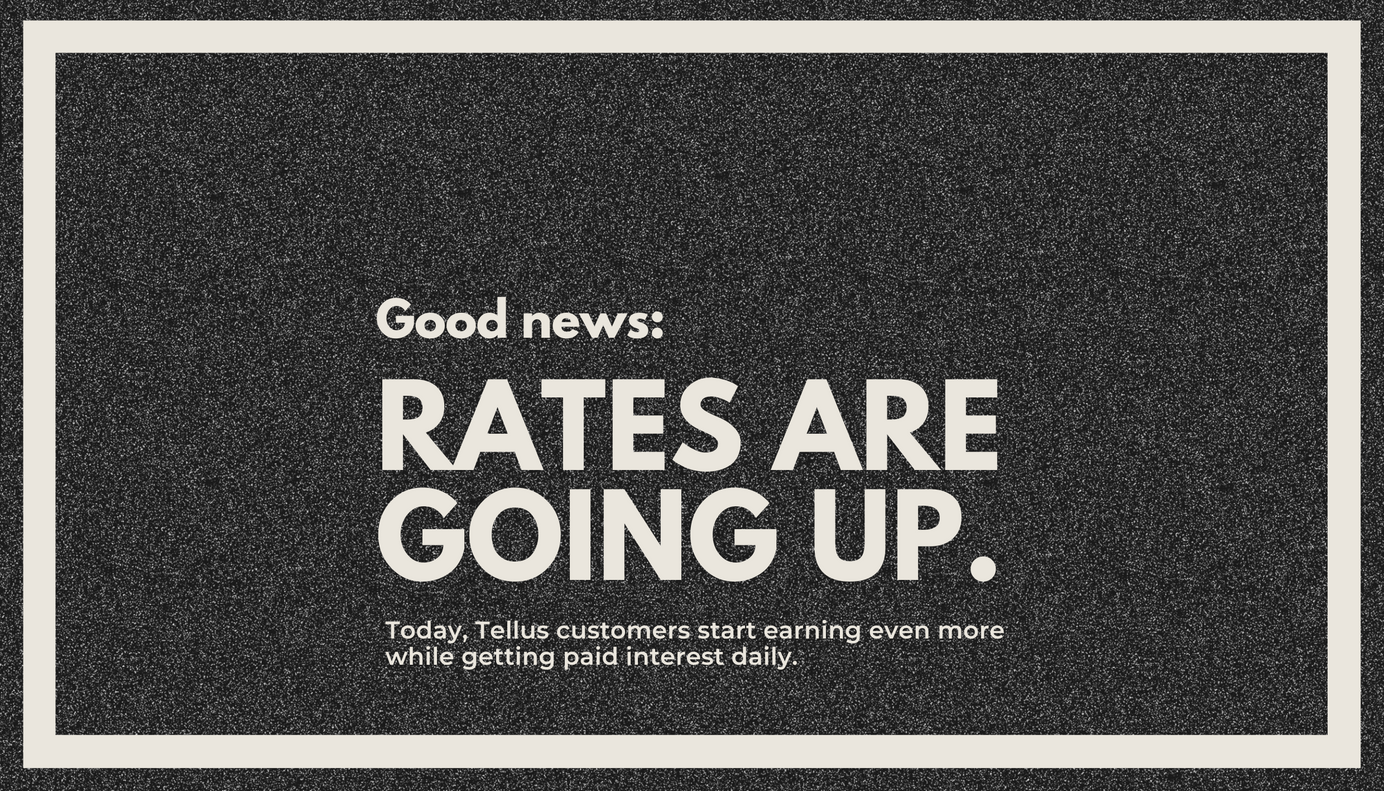
What's the best way to grow $100,000?
This guide explains the best way to grow $100,000, including a lower-risk, high-yield alternative to investing that can help build your wealth with less stress.
If you’re looking for a way to grow $100,000, a wide range of options can help you generate returns over time. When you invest in most asset classes, there’s a risk that you’ll end up losing your initial principal. That’s why diversification is essential.
If you’ve accumulated $100,000, congratulations are in order. You’re already in a fantastic financial position and should be proud of your achievement.
Now, you’ve got some decisions to make to continue growing your wealth for the future — and investing is going to come up as a solid option.
But bear in mind that different economic activities come with a certain amount of risk, so it’s crucial to consider diversification.
How to grow your money
Experts recommend that you follow several key steps before building a portfolio. Let’s explore them.

Step 1: Pay off your debts
Before you implement wealth-building strategies, experts recommend you first put your money to work by repaying high-interest debts (like credit cards with an average interest rate of 24.10%).
Thanks to compounding interest, the longer you have high-interest debt, the more you owe, which means you have less money to put toward your future.
That said, this rule only applies to high-interest debt. You don’t necessarily need to pay off low-interest debts — like mortgages and auto loans, which have an average rate of roughly 6% — before you turn to wealth building.
Step 2: Create an emergency fund
If you’ve got $100,000 available and your debt is under control, the next step is to create an emergency fund.
According to FINRA, 19% of individuals spend more than their monthly income, and 53% say they don’t have a rainy day fund. To avoid being one of those statistics, experts recommend you save enough to cover 3–6 months' worth of essential expenses.
This is called an emergency fund.
Establishing an emergency fund will ensure that you have quick access to liquid cash to cover unexpected but immediate costs, like medical bills or if you lose your source of income.
Step 3: Understand how to diversify your portfolio
When you invest, there’s no such thing as a “sure thing.” The market is volatile. This means that there’s no guarantee you’ll recoup your investment if the market takes a downturn.
It’s especially risky if you keep all your cash in one place. By diversifying your portfolio, you can hedge your financial future against market turbulence.
For example, instead of investing the entire $100,000 in one stock, you might put:
- $50,000 in a cash account
- $20,000 in bonds
- $20,000 in an IRA
- $10,000 in stocks
If your stock investments lose money, the rest of your cash is protected and continues growing through other vehicles.
Step 4: Invest the funds
After you’ve paid down your debts, set up an emergency fund, and decided how you want to diversify your asset mix, it’s time to invest. We'll cover several options in a bit.
The method you use to invest will depend on what you want to invest in.
You may need to set up a brokerage account to invest in the stock market. But for simpler alternatives, you don't need to invest at all.
Step 5: Reassess
Most investments require management. Even seasoned investors should revisit their portfolios regularly to decide which vehicles are working, which are not performing well, and whether they need to re-think how much they put in each vehicle.
What appears to be a sound investment today might not generate significant returns in a decade, so you need to be prepared to monitor your portfolio and tweak it as needed to meet your financial goals.
Where to invest $100,000 in 2023: 4 popular investment options
Investing your cash in certain assets or markets can offer greater growth potential than simply keeping your money in a low-interest savings account — particularly if you’re investing $100,000 or more.
But remember that each investment vehicle has its pros and cons.
1. Individual stocks
If you’re looking for a way to invest $100,000 with tremendous growth potential, you could invest in individual stocks.

Investing in the stock market requires a stock brokerage account. This account will give you access to the stock market, where shares of publicly traded companies are exchanged.
If you know what you’re doing, investing in the stock market can be a great way to build your wealth. For example, the S&P 500's average 10-year return is currently at 9.64%.
Unfortunately, there’s no guarantee you will see a return like that. When you invest in an individual stock, you’re investing in a company’s performance — and if a company experiences losses, the value of your stock shares may decrease.
2. Invest in mutual funds
Consider mutual funds for a more diversified approach to investing in the stock option.

A mutual fund is a professionally managed portfolio in which investors deposit cash for a fund manager to invest in securities on their behalf. Your fund manager does all the hard work — making this a passive investment.
Mutual funds often offer a higher return than individual stocks, with an average 10-year return of 14.70%.
Because mutual funds are professionally managed, they charge annual and maintenance fees, typically 1%–2%, which decreases the value of your investment. In addition, mutual funds are not tax-efficient. You don’t control when your securities are sold, so you can’t control your taxable capital gain.
3. Exchange-traded funds (ETFs)
An exchange-traded fund (ETF) is a basket of securities that an investor can buy or sell through a brokerage. Generally speaking, ETFs are considered a low-risk way to invest in a diverse portfolio of securities.

ETF baskets are often spread across a variety of stocks to minimize risk. In addition, you can buy or sell ETFs using a brokerage account just like you can buy or sell individual stock shares.
But like mutual funds, ETFs often include high fees and generate lower dividends than many other investment asset classes.
4. Invest in real estate
Instead of investing your money in intangible assets, like the stock market, you may want to invest in real estate. This is because real estate tends to increase in value over time, and it can generate a source of consistent, passive income.

The National Council of Real Estate Investment Fiduciaries says the average 25-year return on a real estate investment is 10.3%. That’s roughly the same as 10-year stock market returns.
But with real estate, you’ll also benefit from some tax incentives. For example, property improvements and maintenance are tax-deductible. Real estate can also be a source of rental income.
But, as with less tangible forms of investment, being a real estate investor can be risky. Although house prices tend to go up yearly, it’s not a sure thing, so real estate may not be the best option if you only want to invest your money for a short period.
Likewise, real estate investments are illiquid. If you have a financial emergency that your emergency fund doesn’t cover, you can’t untangle your cash from the property quickly.
Conclusion
Investing your cash will help you build your wealth for the future, but you need to be careful where you put your money. Some options bear a higher risk of loss than others, which is why diversification is critical.
Sometimes, the best way to invest $100,000 is to make sure you’re not investing all of it in favor of putting some of your funds into a cash account.








